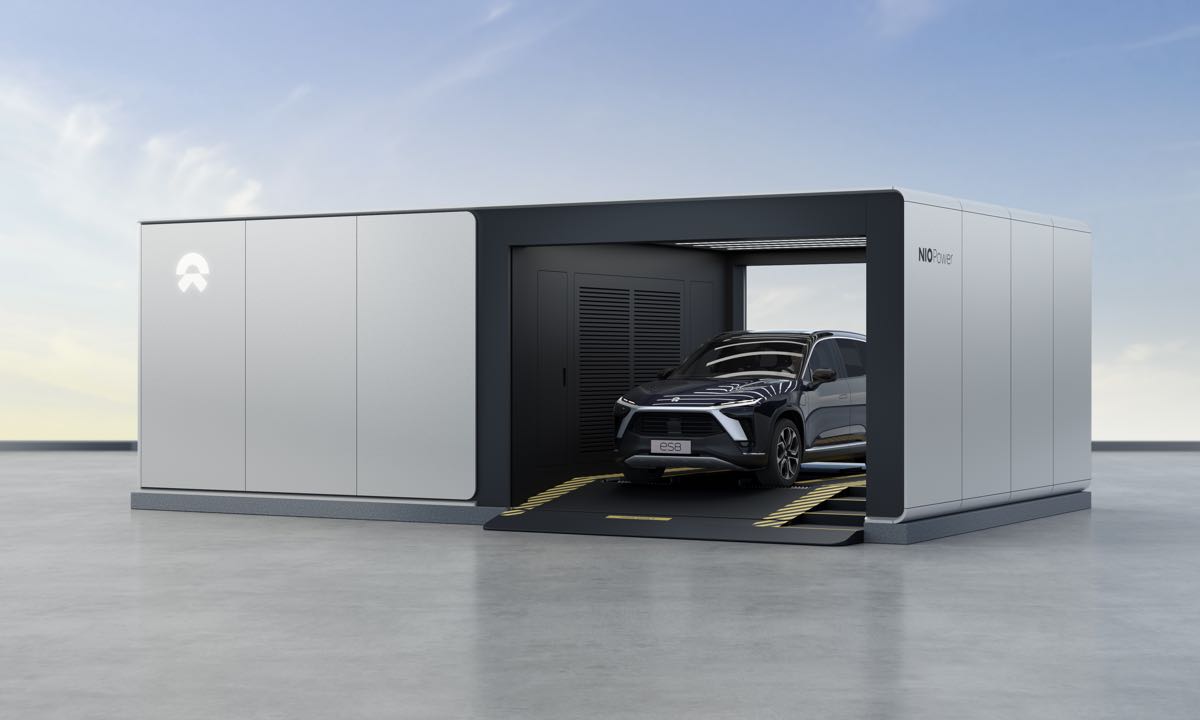Open AI is an artificial intelligence research laboratory consisting of the for-profit corporation OpenAI LP and its parent company, the non-profit OpenAI Inc. OpenAI was founded in December 2015, with the goal of promoting friendly artificial intelligence in accordance with Asimov’s laws of robotics. The company’s CEO is Elon Musk, co-founder of Tesla Motors and SpaceX. Other co-founders include Greg Brockman, former CTO of notable data startup Cloudera, and entrepreneur Rebekah Mercer. Dimitry Ioffe, Pieter Abbeel, and Patrick Mynyk are also notable members of OpenAI. OpenAI has partnerships with investment firms such as Fidelity Investments, Andreessen Horowitz, and Obvious Ventures.
GPT, GPT-2, and GPT-3 are all machine learning models created by Open AI that are used for text generation. GPT is the original model, released in 2018. GPT-2 is an improved version of the model, released in 2019. GPT-3 is the latest version of the model, released in 2020. GPT-3 is a deep recurrent neural network that uses an attention mechanism to learn how to read and comprehend text. The model is trained on a large corpus of texts, such as books, articles, and websites. The training process is unsupervised, which means that the model does not require any labelled data. The GPT-3 model has been shown to outperform other NLP models on various tasks, such as machine translation, question answering, and text classification. Additionally, GPT-3 is much more efficient than other models, due to its attention mechanism. There are many potential applications of GPT-3. For example, the model could be used to improve search engines, machine translation systems, and question-answering systems. GPT-3 could be used to create chatbots and digital assistants. Additionally, it can be used to generate realistic 3D images or videos, but also realistic audio, such as in a voice assistant.
The GPT-3 model is still in its early stages of development. However, it has shown great promise and is likely to have a significant impact on the field of NLP in the future.

